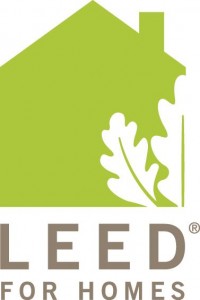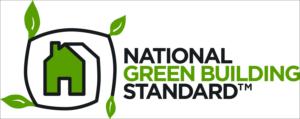 As more homeowners consider ways to reduce their impact on the environment, more and more are choosing sustainable and green building methods. It’s really great that so many people are becoming more environmentally conscious, but according to Buildipedia.com, if you want to make sure the final product is a quality green build, you’ll want to make sure your project is certified through a third-party rating system.
As more homeowners consider ways to reduce their impact on the environment, more and more are choosing sustainable and green building methods. It’s really great that so many people are becoming more environmentally conscious, but according to Buildipedia.com, if you want to make sure the final product is a quality green build, you’ll want to make sure your project is certified through a third-party rating system.
The most popular green rating system here in the U.S., and one that you here us at Trilogy Partners talk about a lot is the LEED for Homes system from the U.S. Green Building Council (USGBC). Another program, the National Green Building Standard (NGBS), was created by the National Association of Home Builders (NAHB) and the International Code Council (ICC). Today we’re going to share a few of the differences between the two programs with you.
- LEED for Homes requires a LEED for Homes provider and a Green Rater for each project. The NGBS’ third-party verification depends on which performance path the homeowner chooses to follow.
- LEED for Homes requires preliminary and final certification of each project, including a preliminary certification and review by the Provider, a preliminary inspection by the Green Rater (typically done before drywall installation), final inspection and testing by the Green Rater, and a final certification by the Provider.
- The NGBS’ performance path consists of various inspections and testing similar to that of the EPA Energy Star program. This includes testing and inspecting individual components, such as grading the insulation installation. All testing is performed by NAHB-approved verifiers.
 You can learn more about LEED for Homes and the NGBS, as well as the similarities and other differences between the two programs, at Buildipedia.com.
You can learn more about LEED for Homes and the NGBS, as well as the similarities and other differences between the two programs, at Buildipedia.com.
Photo credits: Ecohomemagazine.com and Builderonline.com.








